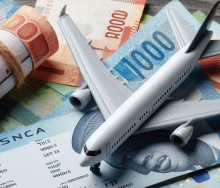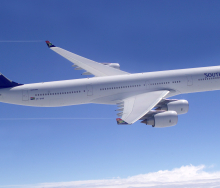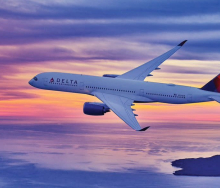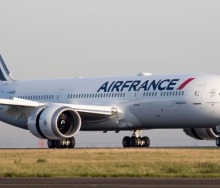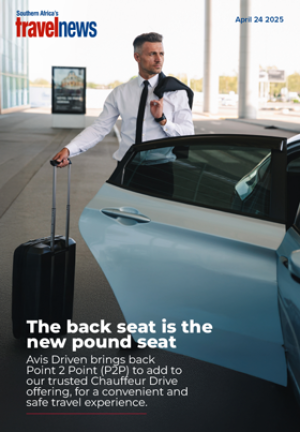With airlines unbundling the cost of airfares into ancillary fees, the model is proving to be a lucrative revenue stream and will generate close to US$118bn (R2,15trn) this year, according to CarTrawler’s Worldwide Estimate of Ancillary Revenue, released on November 1.
The estimate is 7,7% higher than 2019’s pre-pandemic levels and 15% higher than last year’s ancillary earnings, with CarTrawler highlighting that the gains are primarily built on the increase in 2023 passenger numbers and market share growth of low-cost carriers.
“As we see passenger numbers continue to rise, we expect airlines to continue to pivot and devise new ancillary revenue streams. Within our own partner base at CarTrawler, we’re seeing greater demand for the inclusion of car-rental services in loyalty programmes, so airlines and hotel groups can reach a wider customer base with the most relevant rewards. Next year, we expect this area of our business to expand further as we continue to invest and deliver on our company strategy, by enhancing our proposition through innovation,” said Aileen McCormack, Chief Commercial Officer at CarTrawler.
Key factors in growth
CarTrawler and its research partner, IdeaWorksCompany, have attributed four factors to the significant growth in ancillary revenue for 2023:
- With more people flying, Iata expects global air traffic to grow by at least 28% in 2023.
- Low-cost carriers currently account for nearly a third of airline market share, and it is clear that the highest ancillary revenue is generated by airlines that carry more passengers.
- Fees for selecting seats are becoming more popular among carriers – even extending to ‘better’ seats in business class.
- The 15 top-performing airlines disclosed a YoY frequent flyer programme revenue gain of $8,3bn (R151,5bn) for 2022 – representing a 41% increase. Growth is expected to continue in 2023.


